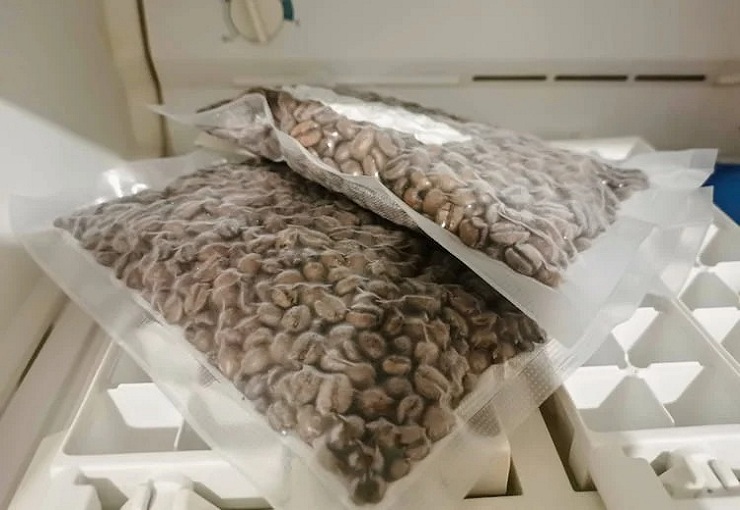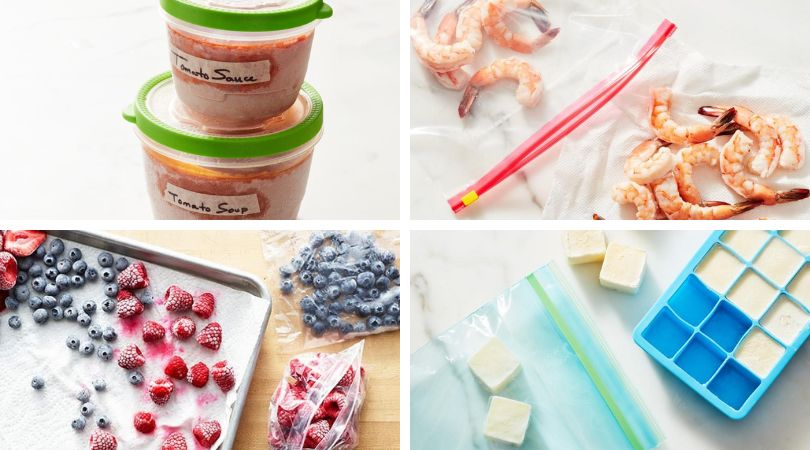Food Network Kitchen chefs are accustomed to freezing large orders and leftover ingredients. It not only reduces food waste, but it also helps their bottom line. The same can be said for home cooks: A well-stocked icebox is essential for quick weeknight meals and impromptu entertaining. Half the battle is preventing freezer burn. If you want to use something later, you have to wrap it well.
Here’s how Food Network Kitchen chefs keep their chicken cutlets and casseroles frost-free and well-organized.
It All Begins with the Right Container
Wrap food twice in plastic wrap, waxed paper, or foil before placing it in a resealable freezer bag. Squeeze out as much air as possible; a vacuum sealer would be ideal.
Are you storing food in a baking dish or a jar? Check that the container is freezer-safe. To prevent freezer burn, place a piece of wrapping directly on the surface of casseroles, soups, and other foods that may be exposed to air.
Leave headspace in jars and cartons for foods; as stock and other liquids freeze, they expand. The final step is to date and identify the contents of each container. After a few months on ice, spaghetti sauce and tomato soup can look very similar.
And Don’t Forget About Defrosting
The method of defrosting something depends on the urgency. Here are the methods recommended by the Food Network Kitchen: Thaw frozen food in the refrigerator for a day or two, or place it in a resealable bag in a bowl of cold water, changing the water frequently and never leaving the food out for more than two hours at a time.
The microwave should only be used as a last resort for foods where doneness isn’t an issue; this method should not be used for steak or chicken.
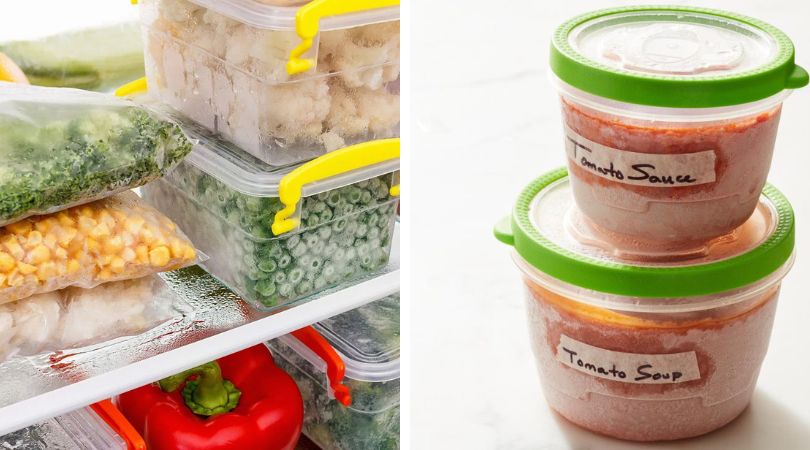
Steaks, chops, cutlets, and deli meat
Remove the meat or poultry from the store packaging and wrap it twice with plastic wrap, waxed paper, or foil before placing it in a freezer bag, squeezing out as much air as possible. (Alternatively, if you have one, use a vacuum sealer.) Cold cuts that have been vacuum-packed can be placed directly in the freezer. Counter-sliced portions should be tightly wrapped in plastic, waxed paper, or foil before placing in freezer bags.
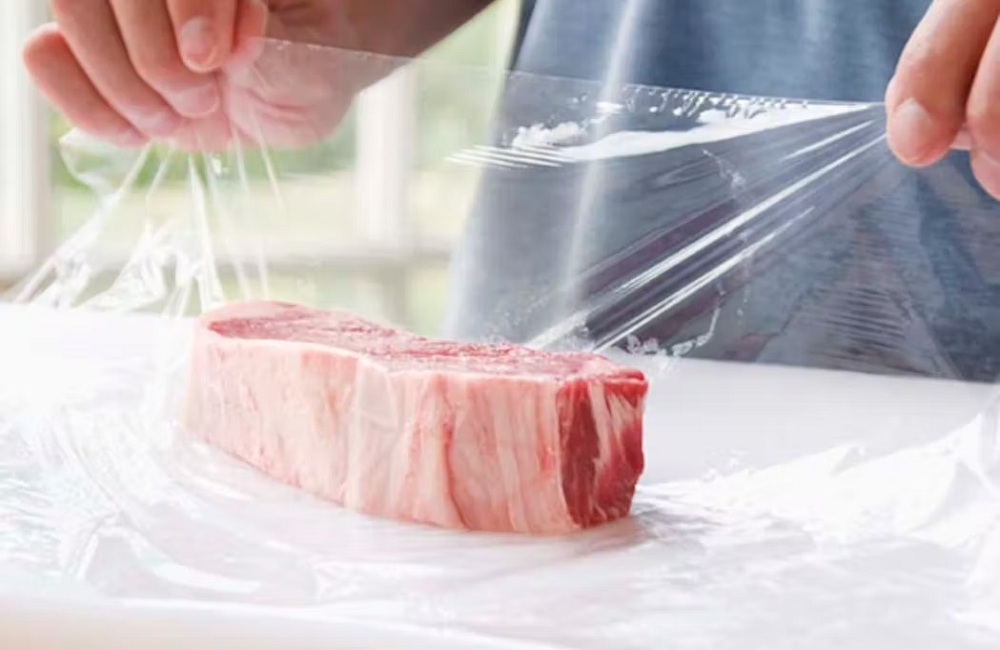
Fish and Shellfish
Follow the same steps as for meat for whole fish, steaks, and fillets: Remove the fish from its packaging and wrap it twice with plastic wrap, waxed paper, or foil, then squeeze out the air or use a vacuum sealer to seal it. Shrimp can be frozen raw or cooked: pat them dry before putting them in a freezer bag. Oysters, scallops, mussels, and clams should be removed from their shells before being placed in freezer bags with as little air as possible removed.
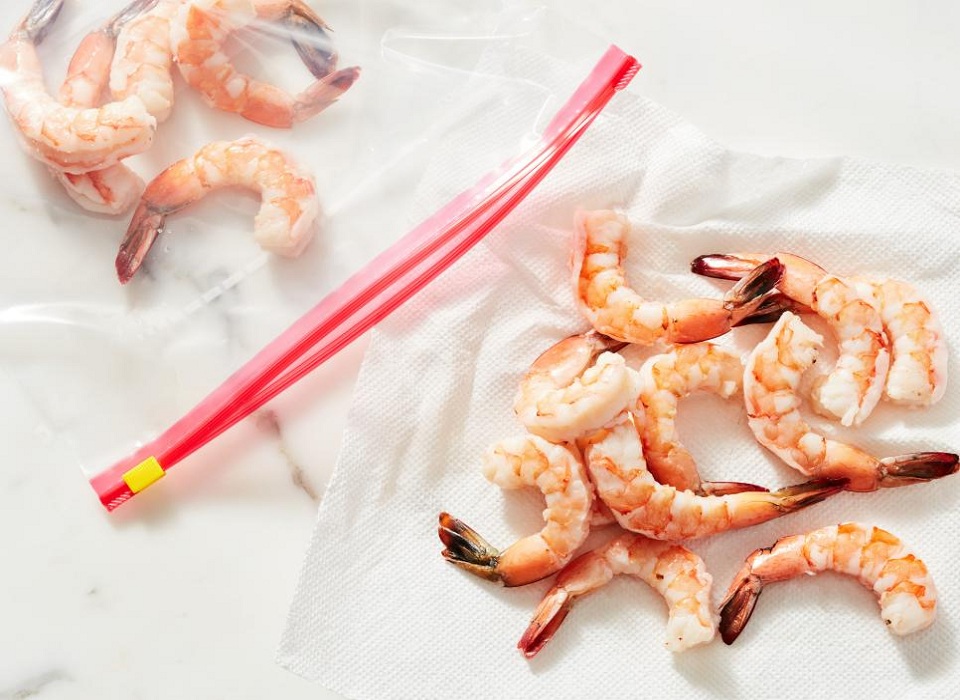
Vegetables
Blanch and pat dry vegetables like green beans, broccoli, and asparagus before storing them in freezer bags. Dark leafy greens, such as kale, spinach, and chard, should be par-cooked and wrung dry before storing.
Tender greens, such as lettuce, should not be frozen. Winter squash (peeled, seeded, and cut up) and ginger can be frozen raw in bags.
Vegetables, like fruits, lose their crisp-tenderness after freezing. Plan to use them in dishes that require a soft texture, such as casseroles and soups.
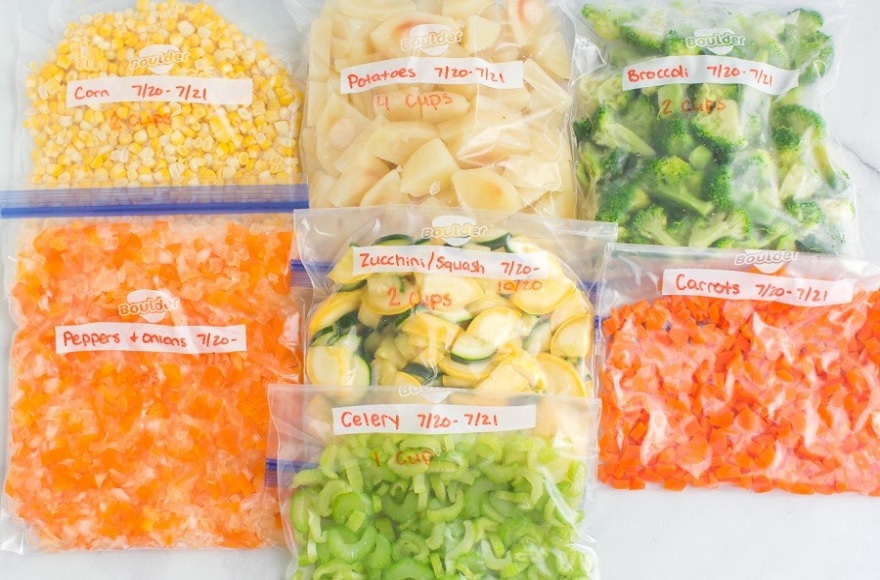
Fruit
Place berries and grapes on a baking sheet and freeze until solid before transferring to a freezer bag.
For larger fruits like peaches and apples, use the same method, but first slice them and remove the pits or cores. To use in smoothies and aguas frescas, puree melons before freezing.
Before putting bananas in a freezer bag, they should be peeled. To avoid fruit becoming icy, pat it dry before freezing. Also, keep in mind that frozen fruits lose their crisp-tenderness. Plan to use them in dishes where their soft texture will not be noticeable, such as blended drinks.
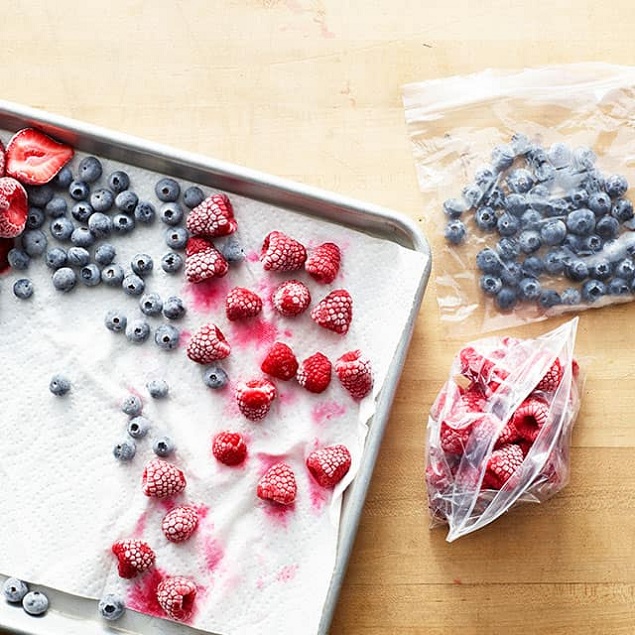
Dairy
Place in freezer-safe containers, leaving room for expansion. Ice cube trays come in handy as well: Freeze solid in cubes before transferring to a freezer bag for precise portioning. Half-and-half and light cream don’t freeze well, so keep them in the fridge.
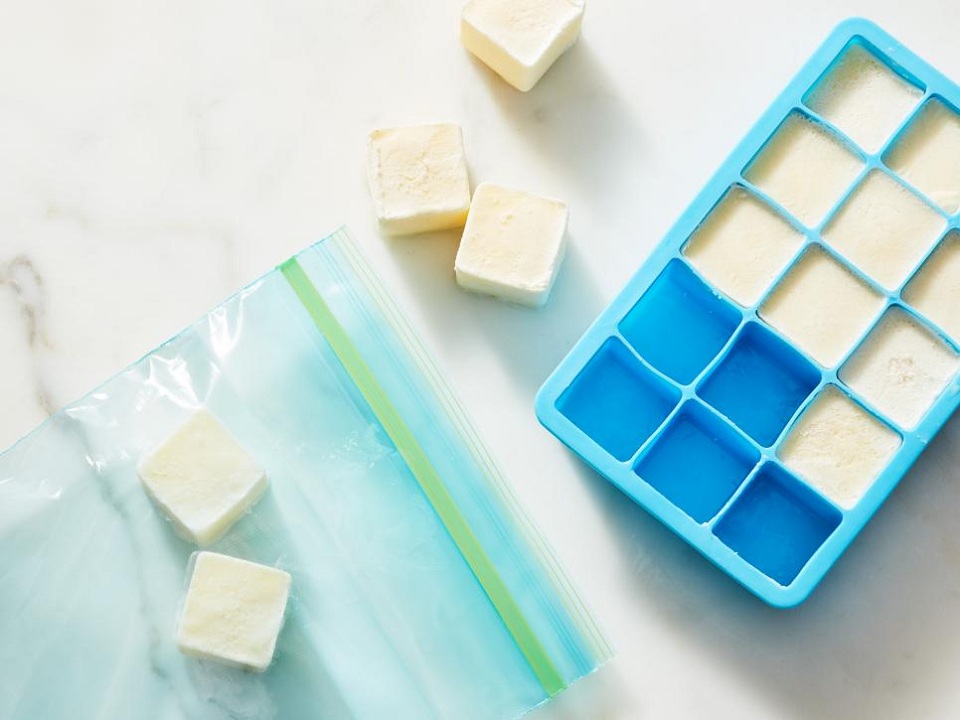
Cheese
Wrap the blocks twice in plastic wrap, waxed paper, or foil before placing them in a freezer bag. If you don’t intend to use the entire block of cheese at once, cut it into smaller pieces to grab as you go. Don’t forget about the rinds! Store Parmesan ends in a freezer bag to use in sauces and soups. However, cottage cheese and soft cheeses such as ricotta and mozzarella do not freeze well.
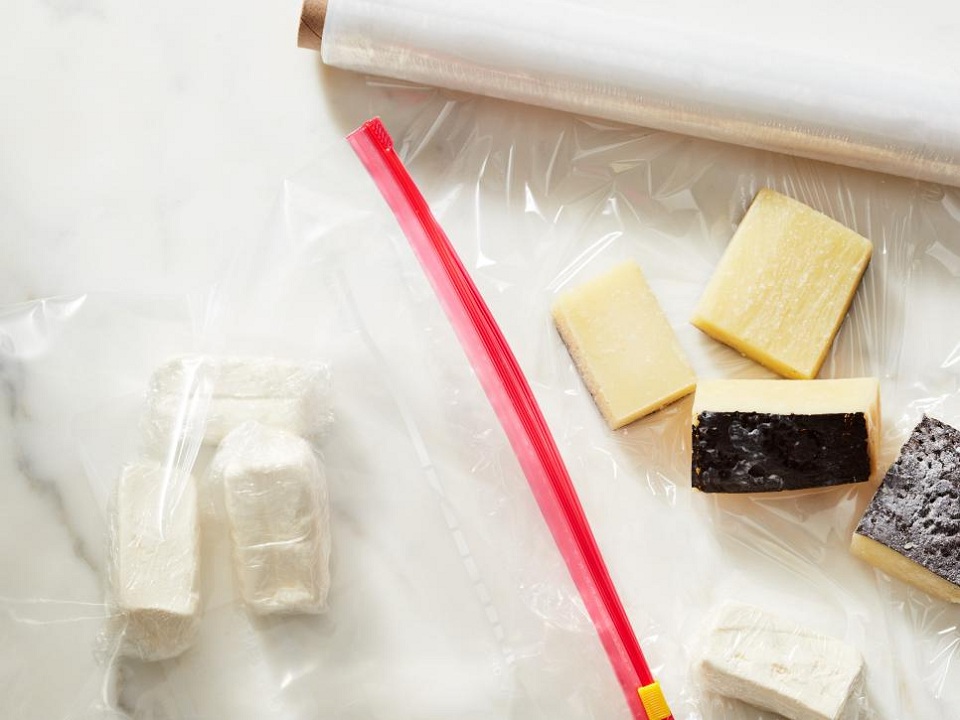
Eggs
Whole eggs will not last in the freezer, but egg whites do surprisingly well. Make sure the container has enough headroom.
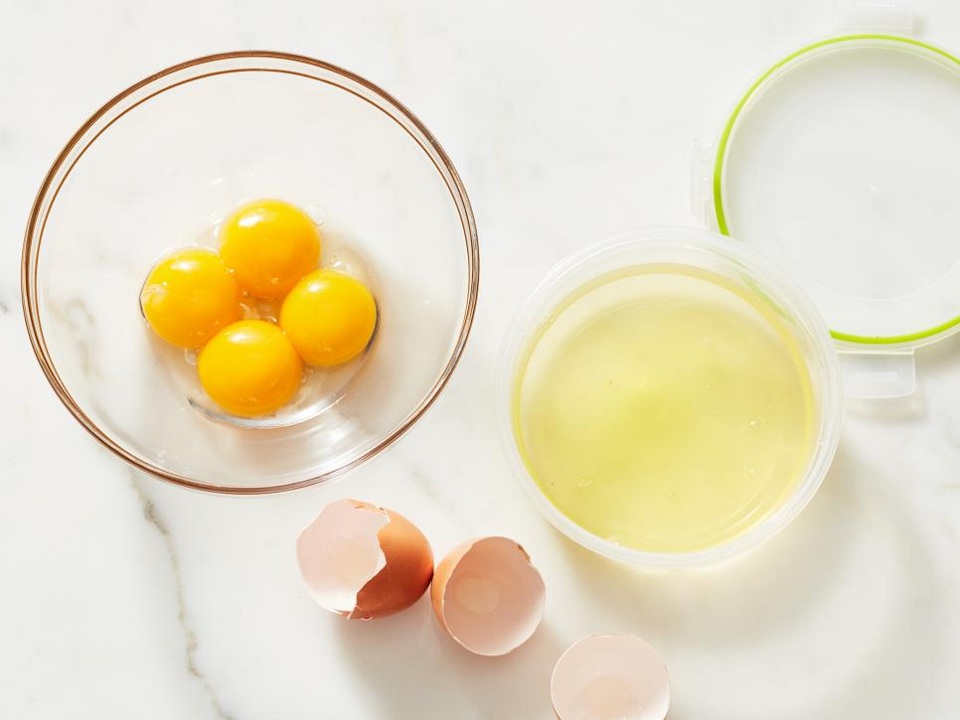
Herbs
Herbs can be frozen flat on a sheet tray before wrapping and storing in freezer bags. Alternatively, chop them up and freeze them in ice cube trays with a little water; transfer to freezer bags once solidly frozen. Tender herbs, such as basil, tarragon, and oregano, can also be blended into a paste with olive oil and frozen in ice cube trays. Transfer to a freezer bag and use as needed in sauces and marinades.
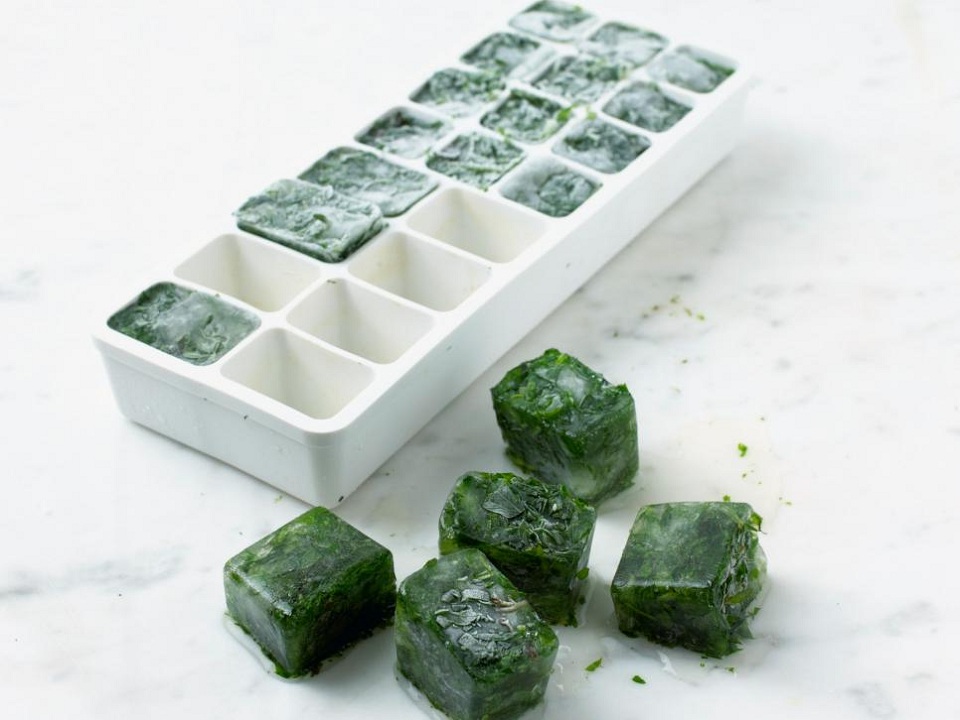
Casseroles
Allow your meal to cool to room temperature (no rush!). Check that you used a freezer-safe baking dish, or transfer the casserole in portions to freezer-safe resealable containers. (Some people prefer foil pans because they can go straight into the freezer.) Wrap casserole pans in at least two layers of plastic wrap, then add a final layer of foil before freezing.
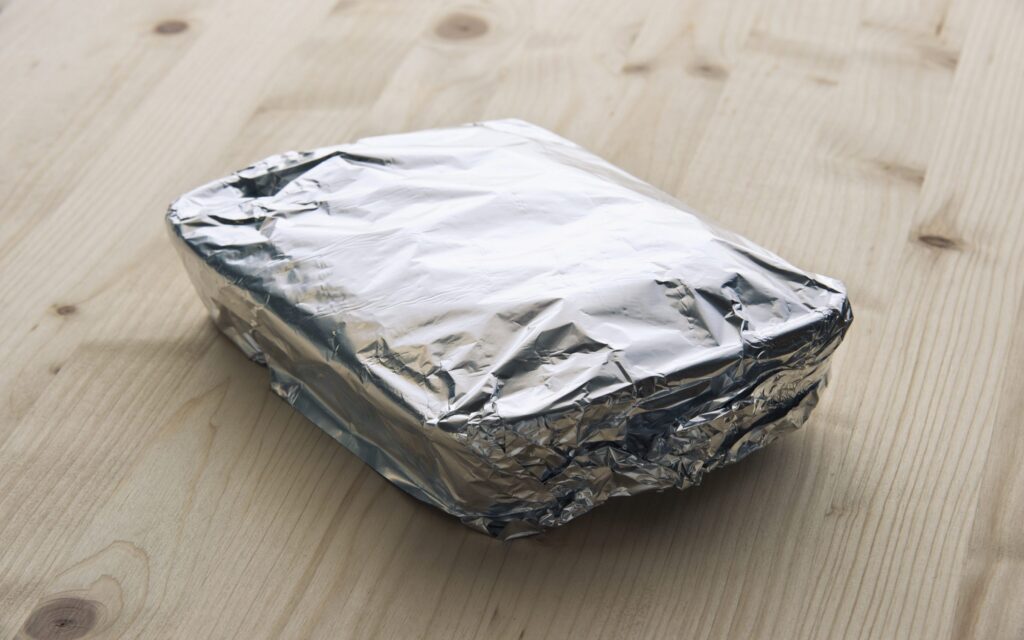
Soups, Sauces and Stews
Allow to cool to room temperature before transferring to airtight containers with plenty of headroom for expansion. Transfer to single-serving freezer bags and freeze flat on a sheet tray; once frozen, the slim envelopes are easy to tuck into tight freezer spaces and defrost faster than pint-size chunks.
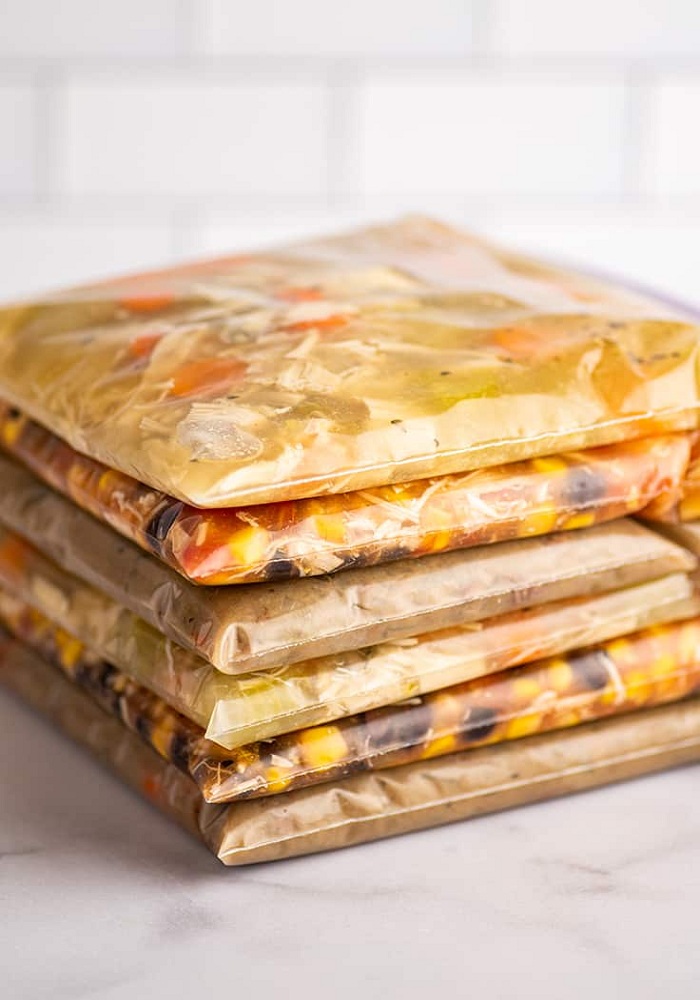
Rice and Grains
Allow to cool to room temperature before transferring to an airtight container or freezer bag.
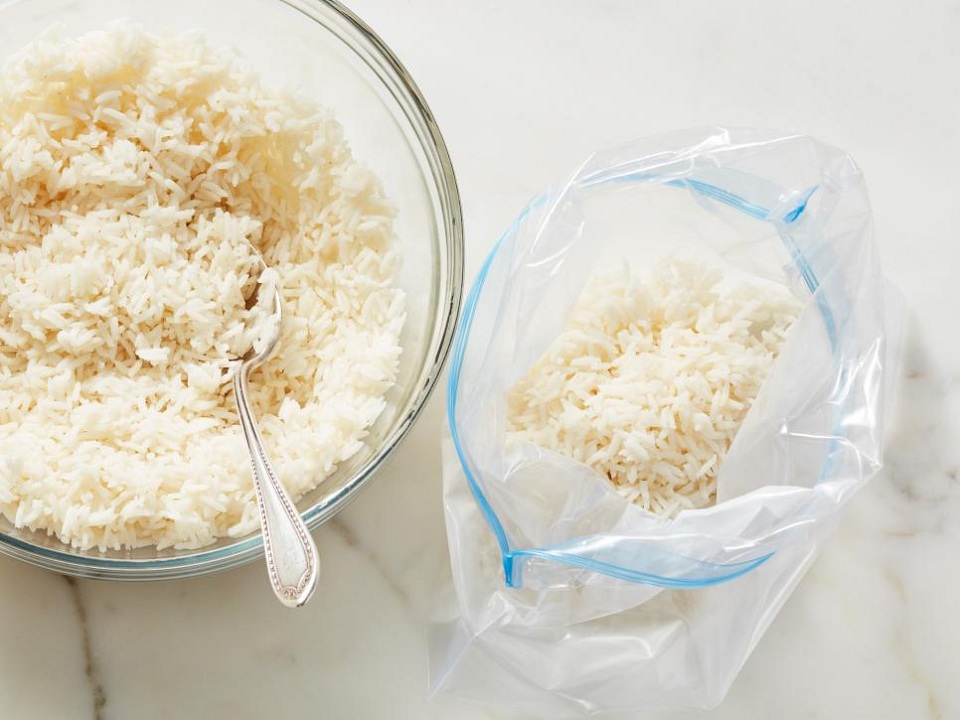
Dough
Wrap the dough tightly in plastic, waxed paper, or foil before placing it in a freezer bag, keeping in mind that some yeasted doughs don’t bake up as light and fluffy after freezing. Drop cookies should be frozen on a sheet pan before being transferred to a freezer bag for bake-on-demand treats.
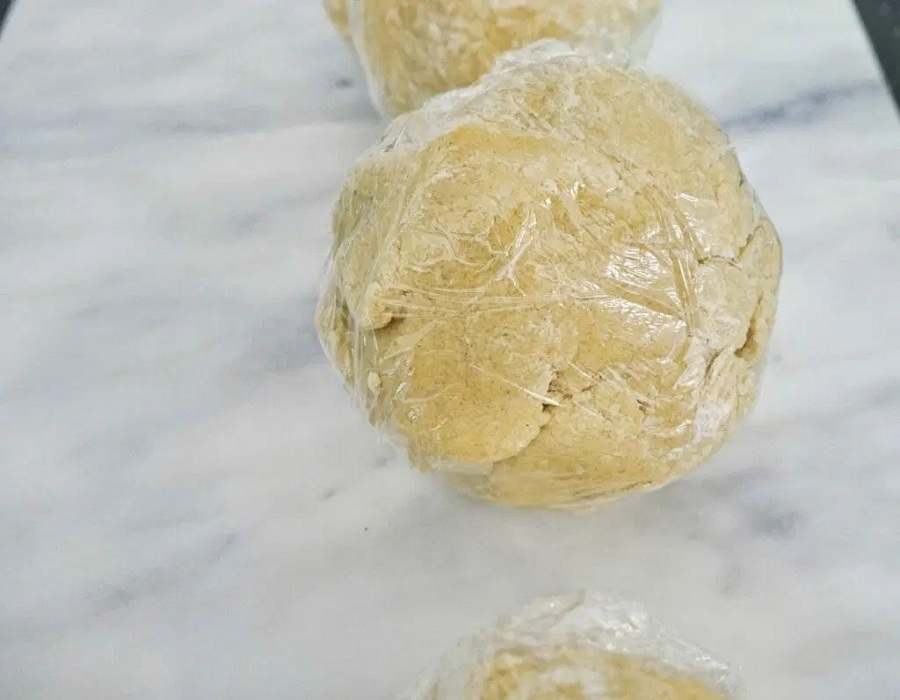
Tortillas
For homemade tortillas, place waxed paper between each one before tightly wrapping and storing in a freezer bag. This is also useful for store-bought tortillas if you don’t intend to use the entire stack at once. Otherwise, tightly wrap them in plastic wrap and place them in a freezer bag.
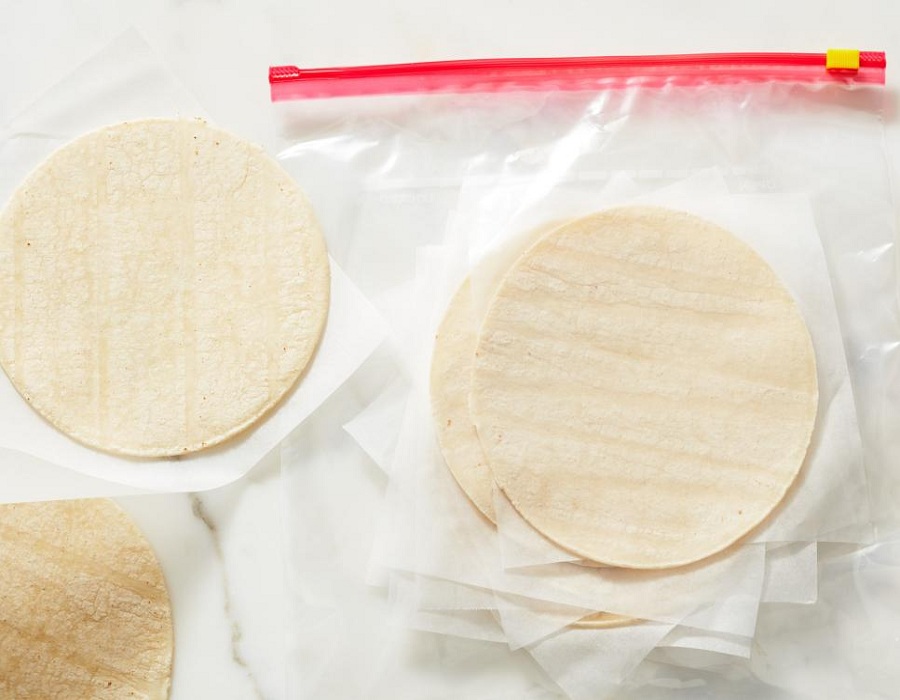
Bread and Baked Goods
Wrap whole loaves in plastic wrap twice before placing them in a large freezer bag. Baked goods, such as muffins and scones, can go straight into a freezer bag; remove as much air as possible.
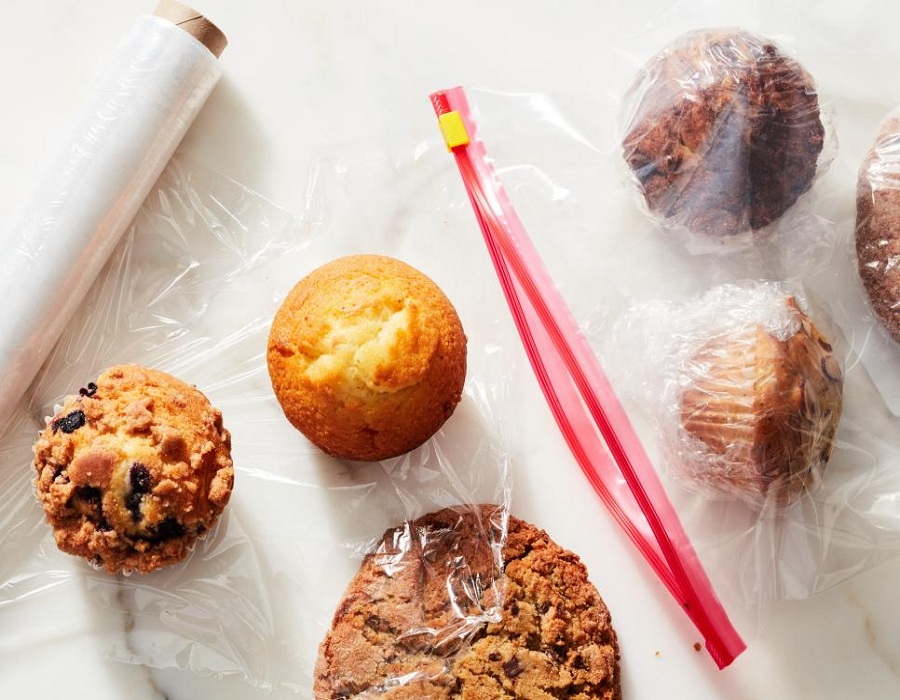
Compost Scraps
If you’re concerned about storing carrot tops on a Monday when the farmers market compost drop-off isn’t until Saturday, set aside a scrap bag (preferably resealable) in your freezer. Use it to store odor-free peels, trimmings, coffee grounds, and egg shells until the weekend.
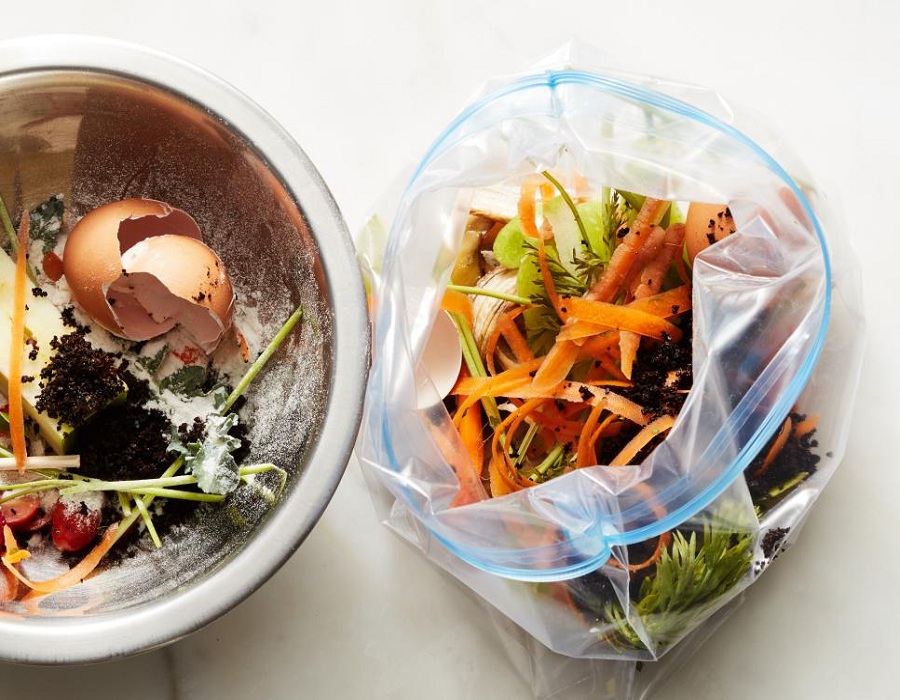
Coffee
If you want to keep a bag of coffee for a long time, put it in the freezer. But, for the best flavor, you shouldn’t freeze it at all — especially the daily bag. Moisture is the enemy of fresh coffee (so don’t store it in the fridge). Opening and closing a frozen bag on a daily basis only invites condensation.
